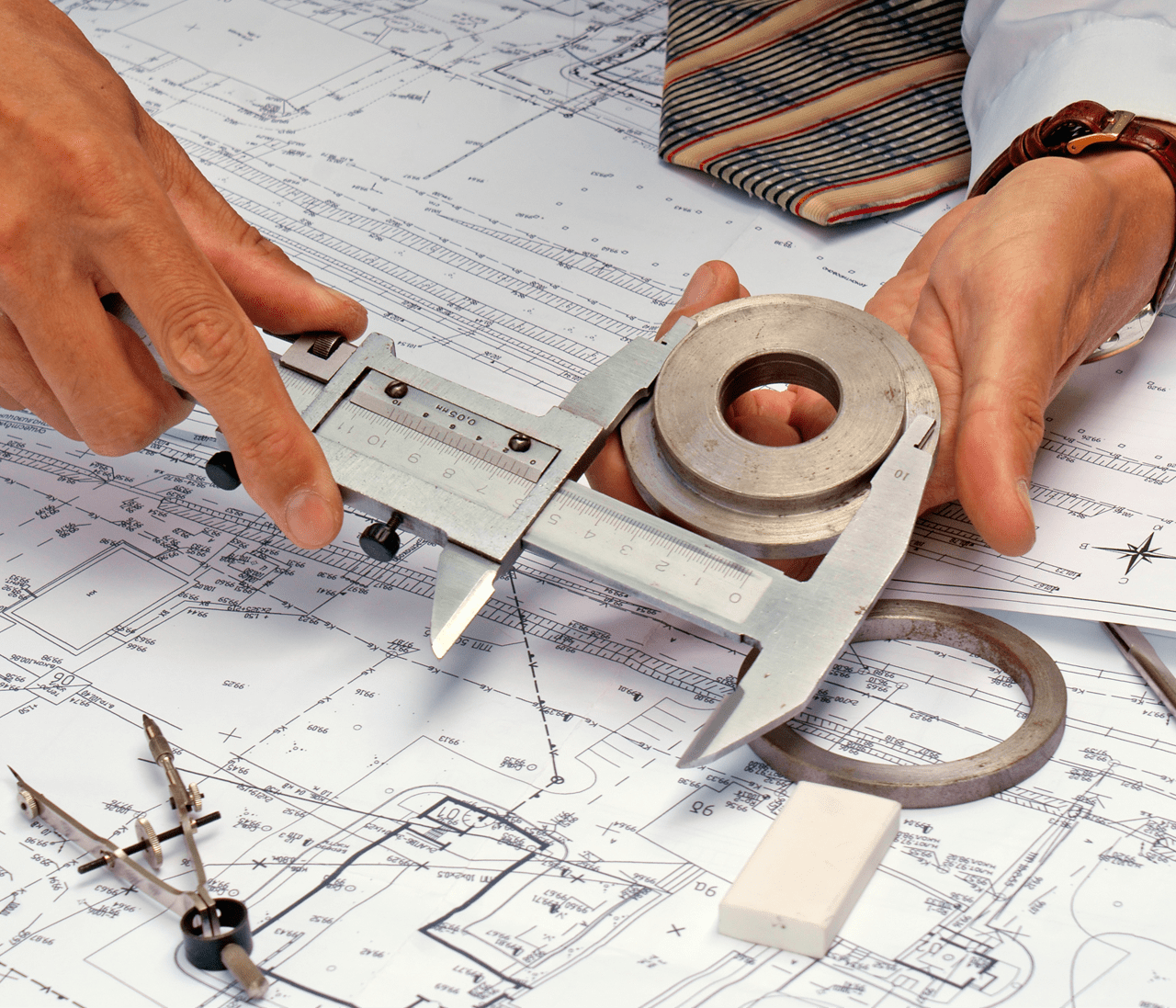
Dry ridge and hip system
1. Preparation: Ensure the roof structure is stable, and the tiles are properly installed on the roof slopes.
2. Fitting Ridge Tiles: Position the first ridge tile at one end of the ridge line. The system typically includes a metal bracket that is secured to the roof structure beneath the tile. Fix the bracket in place using screws or nails, ensuring it’s level and aligned with the roof slope.
3. Securing Ridge Tile:Slide the first ridge tile over the metal bracket and position it correctly on the roof. Secure the tile to the bracket using screws provided in the kit. Make sure the tile is level and aligned with the roof slope.
4. Securing Ridge Tile: Slide the first ridge tile over the metal bracket and position it correctly on the roof. Secure the tile to the bracket using screws provided in the kit. Make sure the tile is level and aligned with the roof slope.
5. Connecting Ridge Tiles: Repeat the process for the remaining ridge tiles, ensuring they overlap each other as needed for your tile design. Connect the tiles by sliding the bottom edge of one tile under the top edge of the adjacent tile.
6. End Ridge Tile: When you reach the end of the ridge line, use an end ridge tile that’s designed to cap the system and provide a finished appearance.
7. Final Adjustments: Double-check the alignment and level of all ridge tiles. Make any necessary adjustments to ensure they are straight and properly secured.
8. Hip Tiles (If Applicable): If your roof has hip tiles, a similar dry hip system can be installed using the same principles.



The Benefits
Ease of Installation: Dry ridge systems are generally quicker and easier to install than traditional mortar bedding. This can reduce labor costs and installation time.
Reduced Maintenance: Dry ridge systems require less maintenance over time. Traditional mortar can degrade due to weather and age, leading to repairs. Dry ridge systems, on the other hand, are designed to be durable and long-lasting.
Ventilation: Many dry ridge systems incorporate ventilation components that allow air to circulate beneath the ridge tiles. This helps prevent moisture buildup, reduces the risk of condensation-related issues, and promotes a healthier roof space.
Improved Weather Resistance: Dry ridge systems are designed to withstand varying weather conditions, including wind, rain, and freeze-thaw cycles. Mortar bedding can crack and deteriorate over time, compromising the integrity of the ridge tiles.
No Shrinking or Cracking: Traditional mortar can shrink and crack over time, leading to gaps and potential leaks. Dry ridge systems, being mechanical fixings, don’t experience these issues.
